Visitors expect an excellent user experience when visiting a website, so the pages they want need to be available. Don’t let your site get bogged down with 404 errors and broken links! If you know how to find 404 errors in Google Analytics, you can make sure those errors aren’t affecting your site.
In this article, we show you how to find 404 errors and dead links in Google Analytics, as well as how to repair them.
What Are 404 Errors?
404 errors, also called 404 links, dead links, broken links, or 404s, are links to nonexistent pages. When visitors click a link to a nonexistent page, they often see a 404 error notice.
In some cases, they see something like Timeout or Webpage cannot be found. But, 404 is most common.
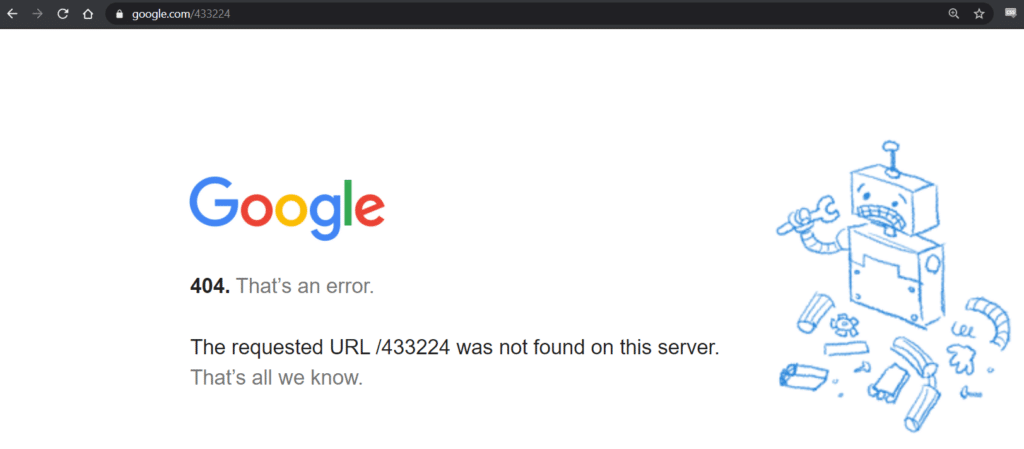
Some common causes of 404 dead links are:
- Website closed down
- Different URL
- Page moved
How Do Broken Links Affect Your Website?
There are several reasons to find and fix 404 errors and broken links on your site. Dead links can:
- Worsen SEO: Search engine bots can’t crawl what’s not there. Too many broken links on your site can hurt your traffic.
- Lower Rankings: Search engines can’t rank pages they can’t find. As a result, you could lose your organic traffic.
- Lose Customers and Sales: Visitors can have bad user experiences when they can’t find what they need. Additionally, too many 404 errors can make you seem less trustworthy to those who try to stick around. So, you may lose revenue.
How to Find 404 Errors in Google Analytics
The easiest way to track broken links in Google Analytics is with MonsterInsights. It tags 404 errors in Google Analytics, so you don’t have to make any changes to your site.
MonsterInsights is the best Google Analytics plugin for WordPress. It allows you to easily connect your WordPress site with Google Analytics so you can view all the data that matters most right in your WordPress dashboard.
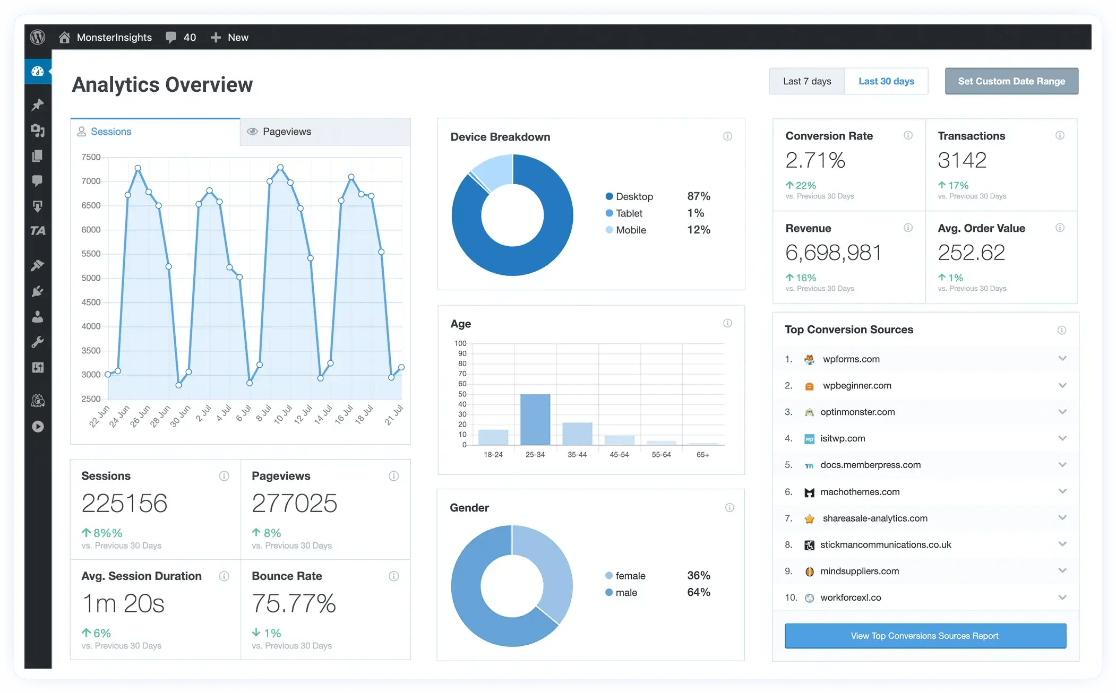
Plus, with the click of a button, you can set up sophisticated tracking features such as event tracking, video play tracking, eCommerce tracking, form tracking, custom dimension tracking, outbound link tracking, media tracking, and more.
Plus, MonsterInsights adds super helpful data to your 404 errors in Google Analytics to help you fix them with ease.
Step 1: Install MonsterInsights
To get started, head to the Pricing page and get started with MonsterInsights at the right license level for you. Or, to start with basic features (including 404 error tracking), start with MonsterInsights Lite.
When you’re all signed up, you’ll be able to download the ZIP file of the plugin from your account area.
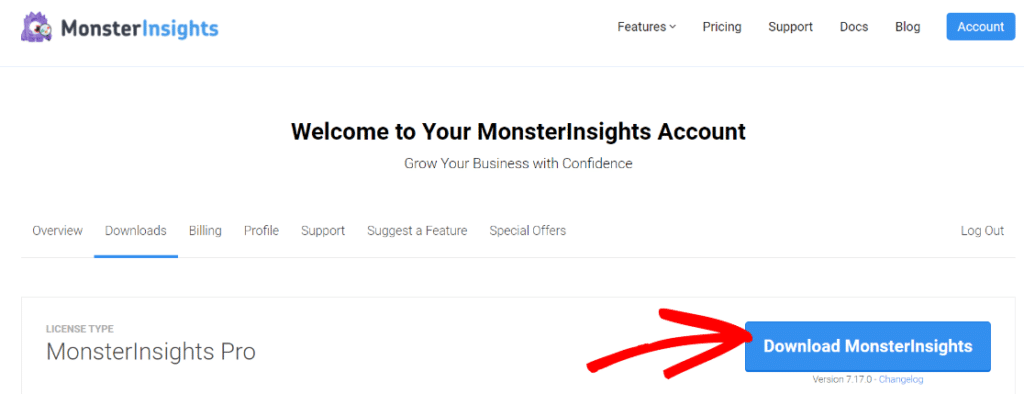
Next, upload the plugin on your website, install, and activate MonsterInsights.
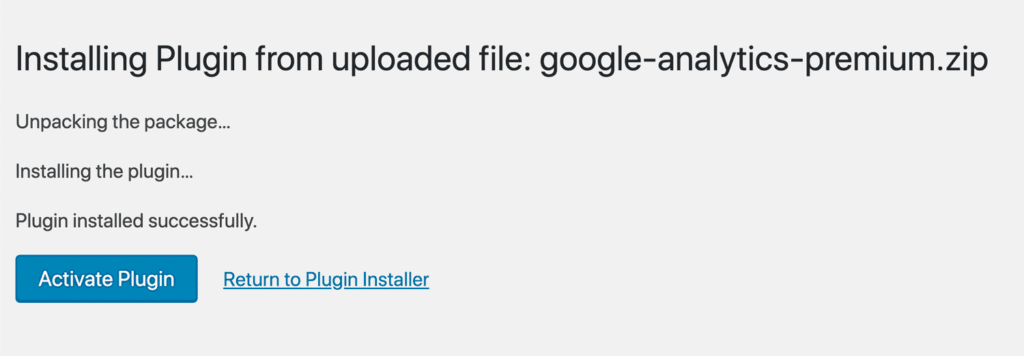
Step 2: Connect Google Analytics with MonsterInsights
Now, connect Google Analytics with your website. Not only does this provide you with tons of different conversion tracking, but it also installs your Google Analytics code on your site automatically.
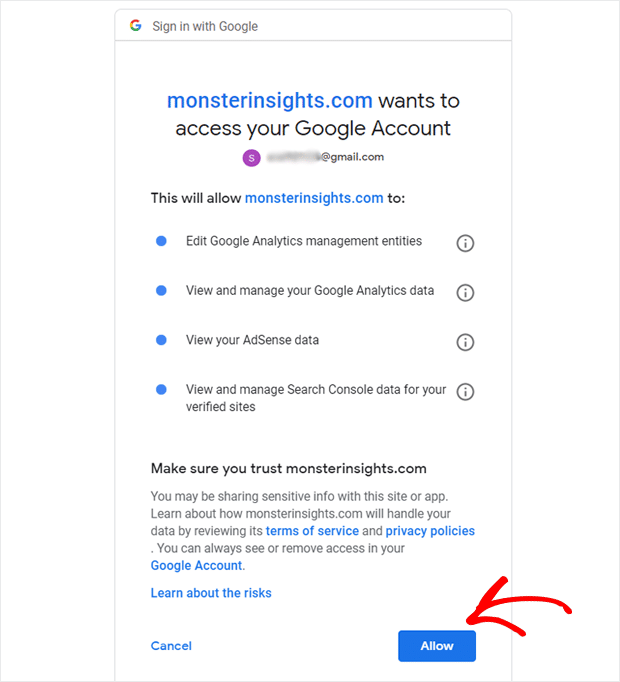
For more details, refer to our guide on how to add Google Analytics to WordPress.
Step 3: Create a 404 Error Report
To find your 404 error pages in Google Analytics, you’ll need to put together an Exploration report. It seems intimidating at first, but once your report is set up, it’ll be saved and you won’t have to create it again.
To start, go to the Explore tab and choose a Blank report:
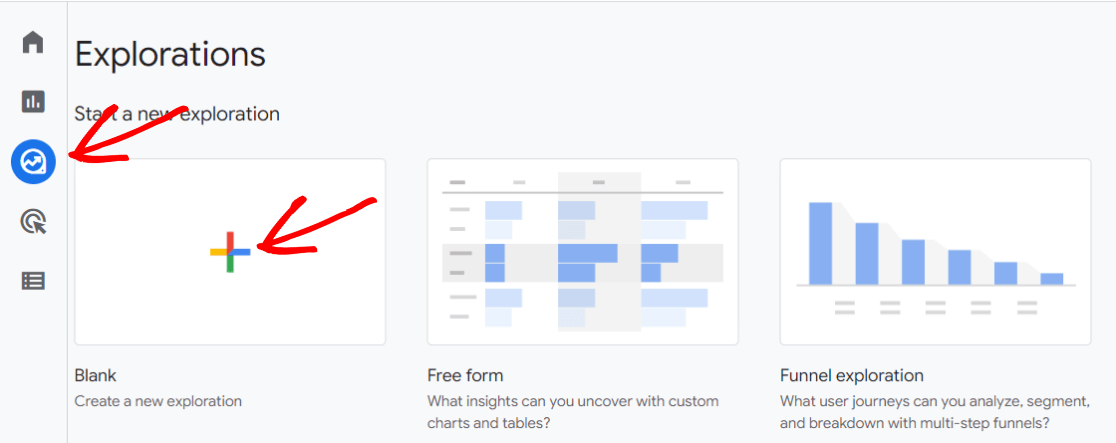
Now, you can name your report something like 404 Report.
Then, click the plus sign in the Dimensions box:
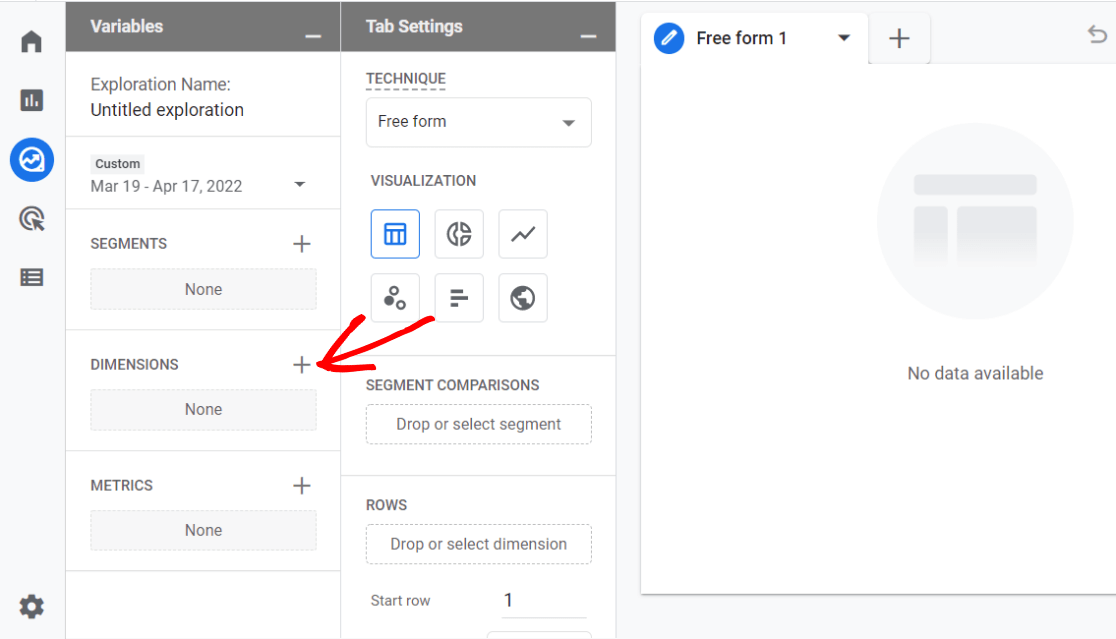
Now, search for and import both the Page Title and Page path + query string dimensions.

Next, click the plus sign in the Metrics box:
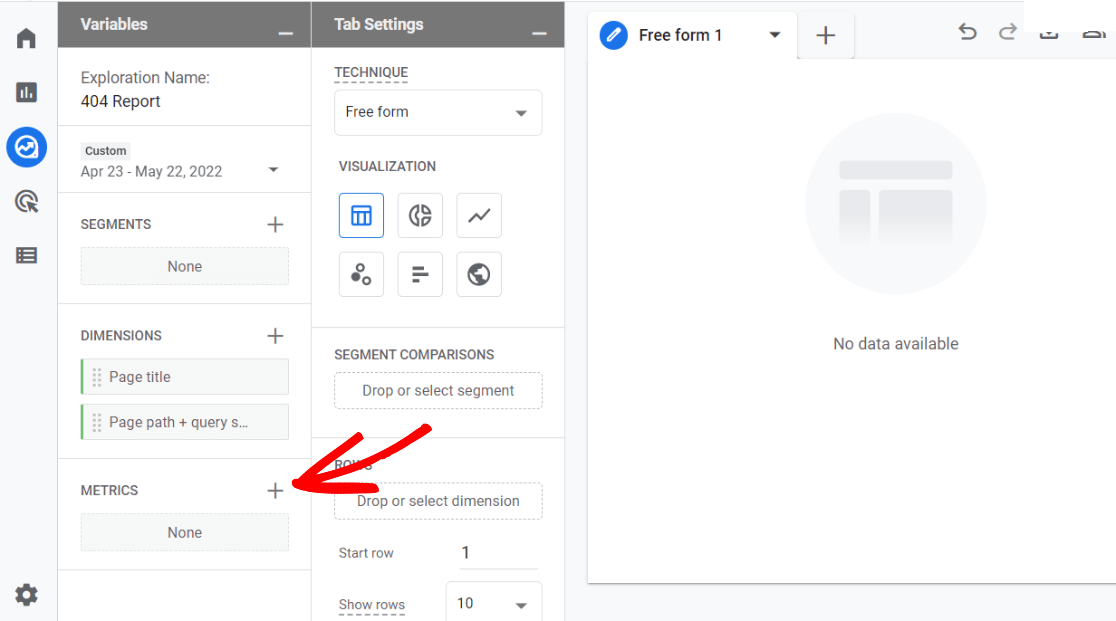
Search for and import the Sessions metric:
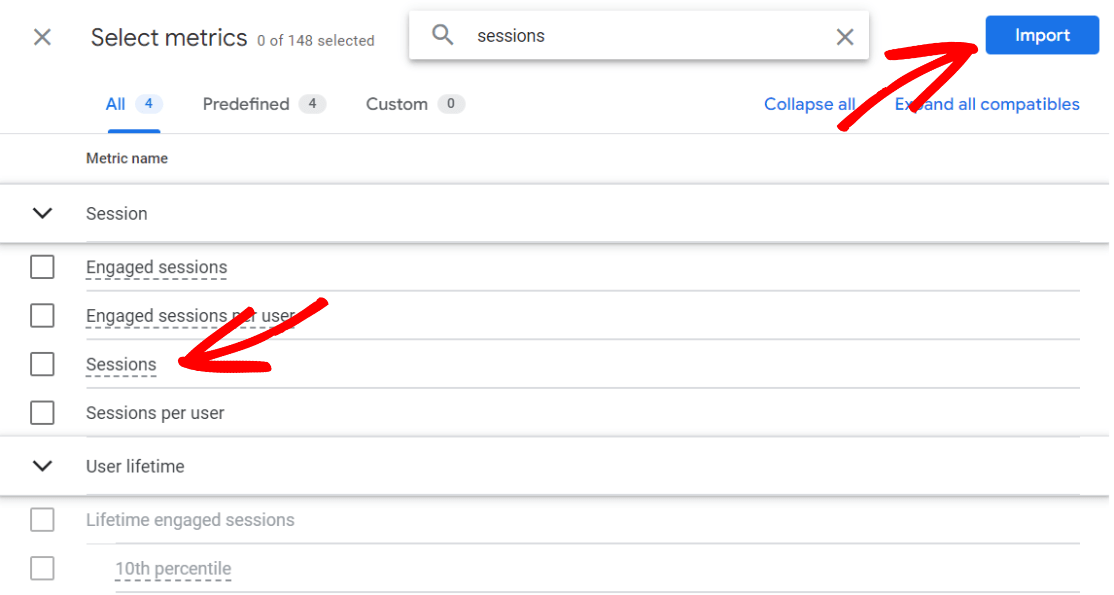
Now, click and drag both your Dimensions into the Rows box, and drag your Metric into the Values box:
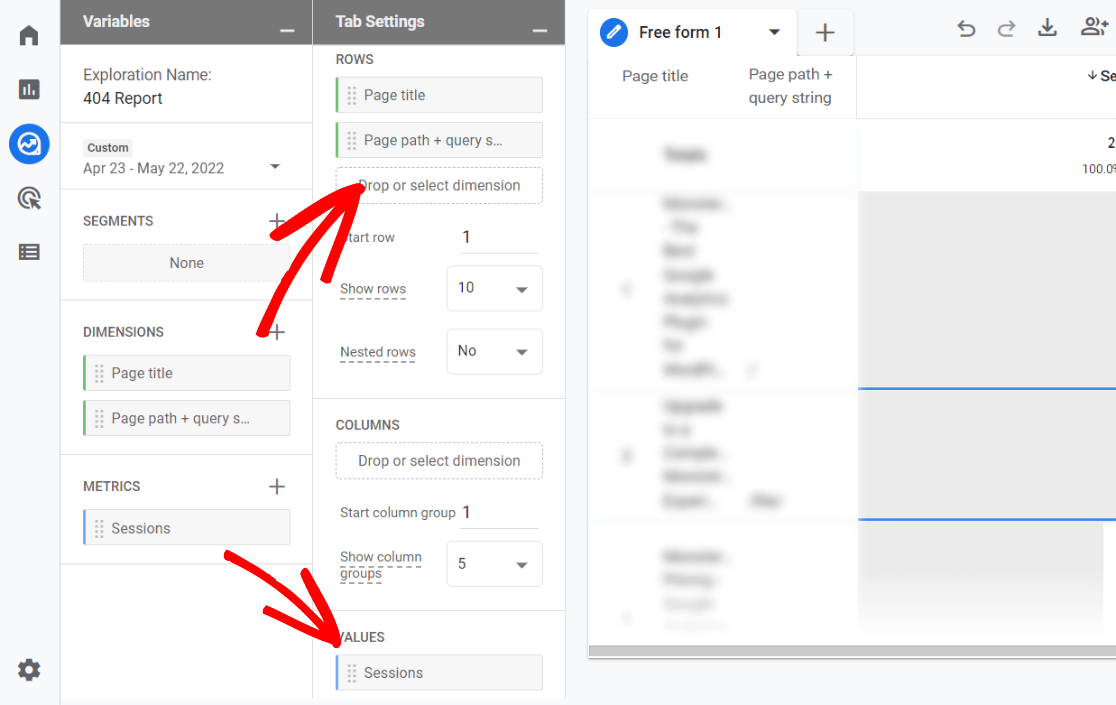
Then, click and drag the Page title metric from your Dimensions box down into the Filters box. Then, choose the filter “contains” and start typing in the page title of your site’s 404 page:
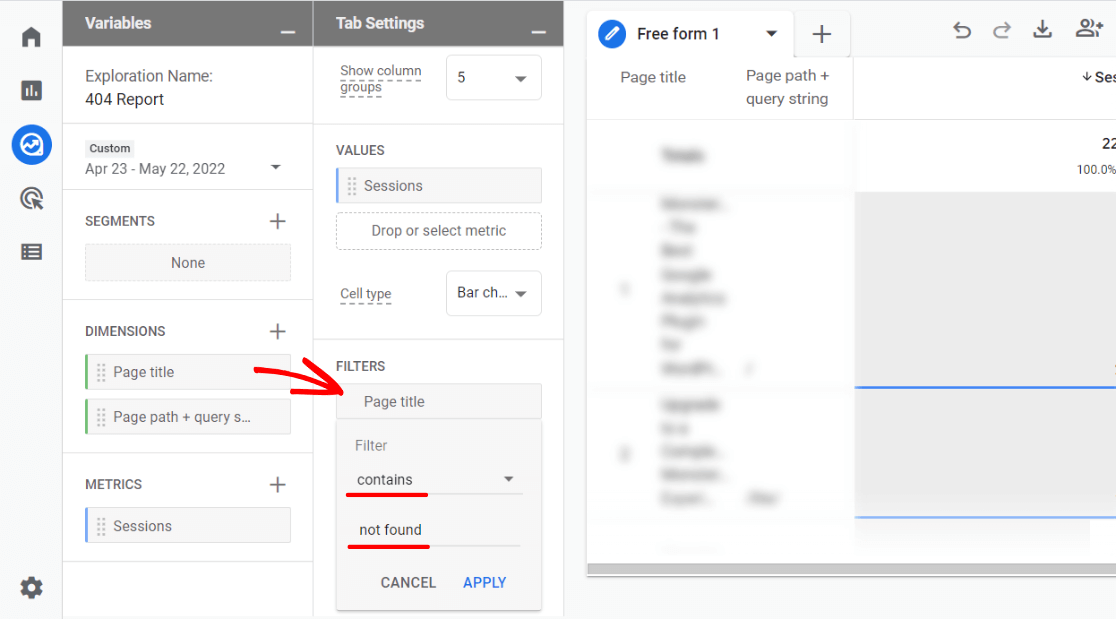
If you’re not sure what your 404 page title is, type in a random URL that doesn’t exist (like www.yoursitehere.com/randomword) and check your page title in your tab:
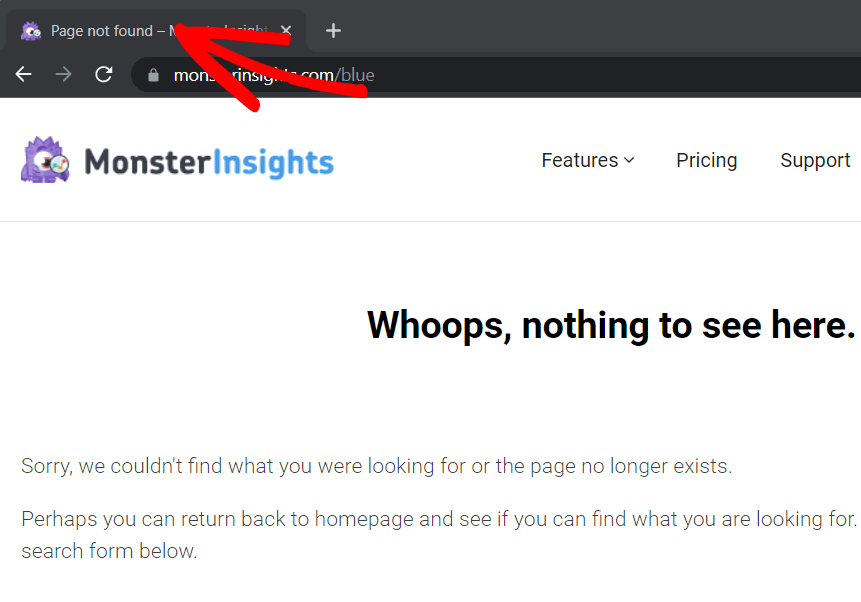
After applying your filter, you’ll now have your report of 404 errors that have occurred on your site in the timeframe you have set for your report. However, the page path + query string row is often cut off, so you’ll want to click the download icon and download your data so you can see those URLs.
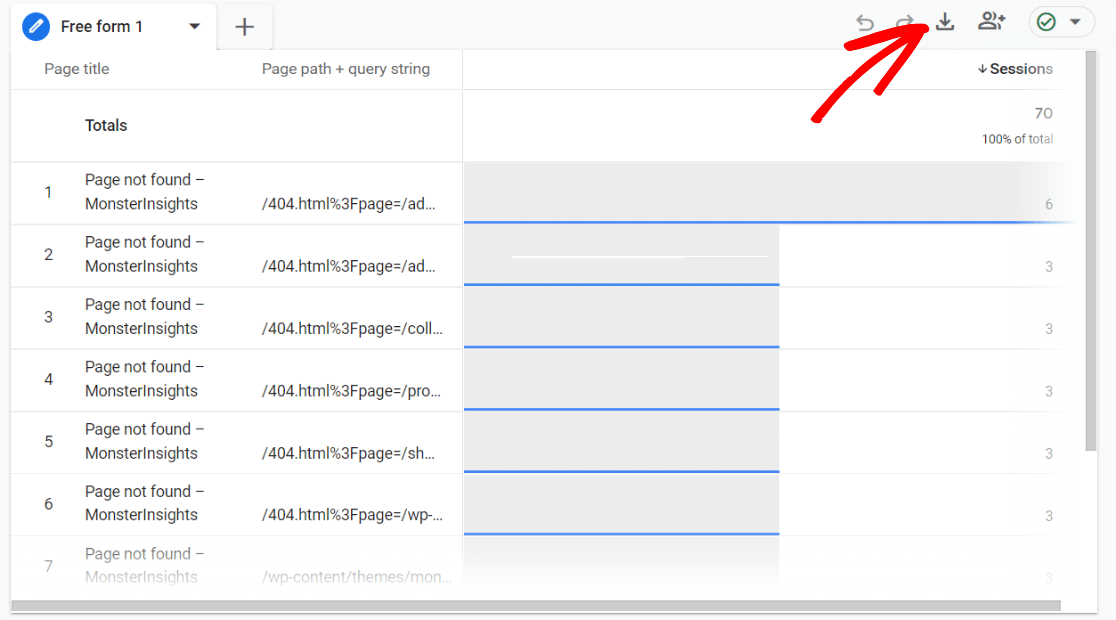
In most cases, you’ll find URLs like this:
/404.html?page=/error-page-url-slug/&from=http://example.com/page/
The above URL is structured so you can understand the 404 error and how to fix it:
- The 404 error URL is after the ?page= query.
- In the above example, the 404 error URL is http://example.com/error-page-url-slug/
- The error URL link is on the page appearing after the &from=
- In our example, the error page links from http://example.com/page/.
- If there’s nothing here, the error resulted from a direct visit (such as someone typing in the URL).
How to Fix 404 Errors in WordPress
Now that you know how to find 404 errors using Google Analytics, it’s time to do something about those broken links. Here are some tips on how to fix 404 dead links.
1. Find Your Source URL
Use the MonsterInsights or Google Analytics 404 report method to find where your 404 links are.
2. Set Up 301 Redirects
If a page moved or was deleted, that’ll cause an error. Set up 301 redirects to point users in new, correct directions.
If you want an easy way to do this, use the All in One SEO (AIOSEO) redirect tool. Then, if a visitor finds and clicks on the old link, it sends them to the new, correct URL.
AIOSEO is the easiest plugin for monitoring and enabling 301 redirects on your site with their Redirection Manager.
3. Look for Errors and Typos in URLs
Minor issues like spelling mistakes or extra characters in URLs can also cause 404 errors.
Use data from Google Analytics to find these links and redirect them to the correct URLs, or fix them if you’re able.
More MonsterInsights and Google Analytics Perks
We hope this guide helped you find and fix 404 errors and broken links with Google Analytics.
MonsterInsights and Google Analytics can do a ton of other things together, too. Check out a few articles to help you use this combination of products to make your site the best it can be:
And don’t forget to follow us on Twitter, Facebook and YouTube for more helpful Google Analytics tips and tutorials.
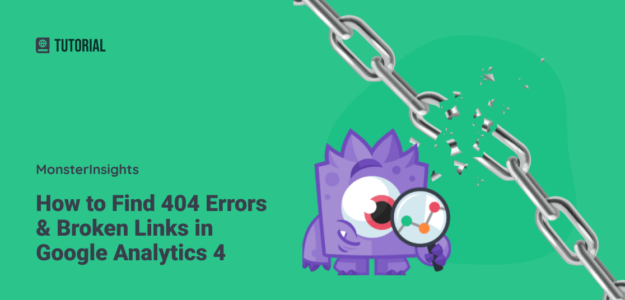
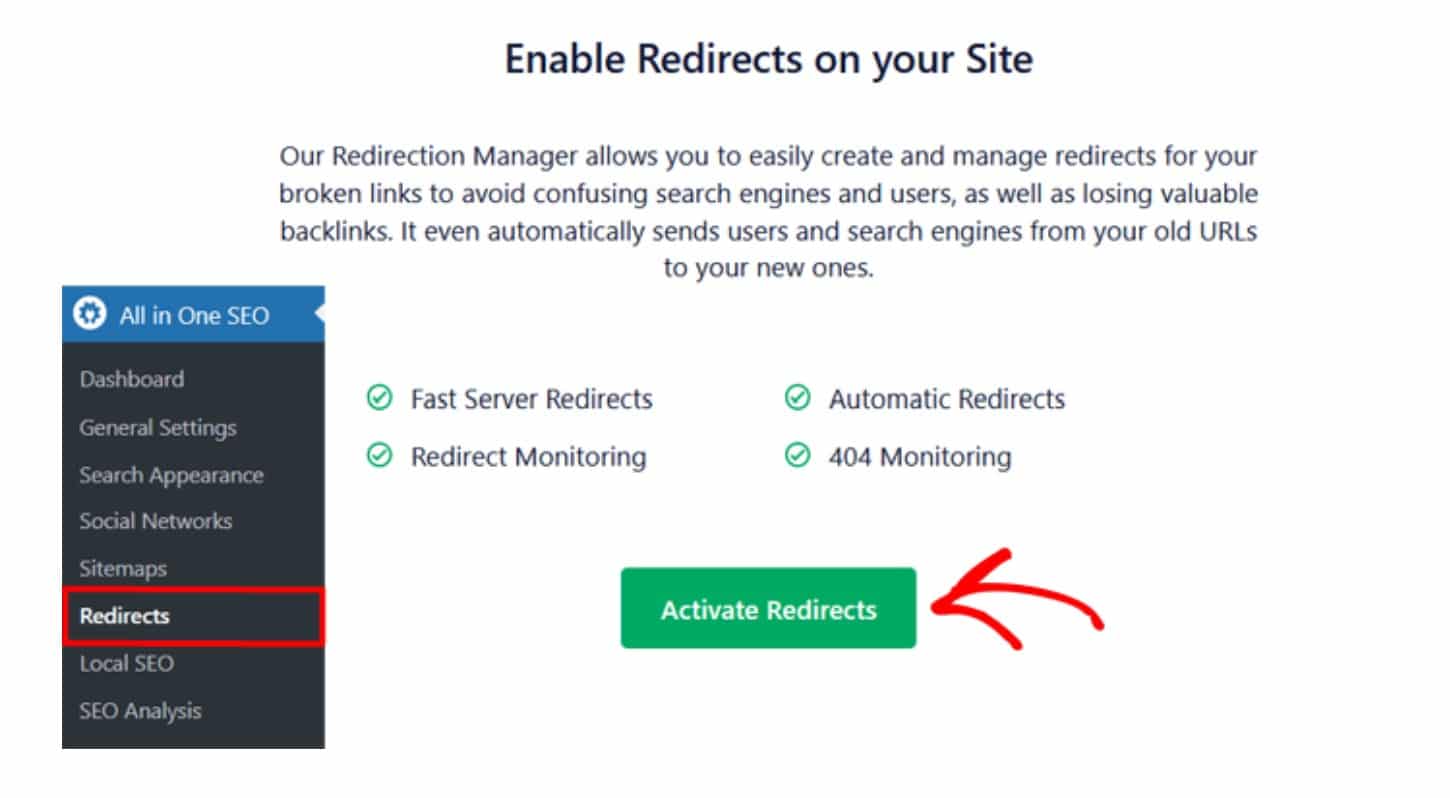
Can we see the referring website so we know how the user came to try to find a page that does not exist?
Hi Julie,
Yep, the referring page is in the 404 URL that MonsterInsights generates – it’s after the “from”. In this example, the page that’s got this broken link on it is example.com/page/:
/404.html?page=/error-page-url-slug/&from=http://example.com/page/The referring website, not the landing page